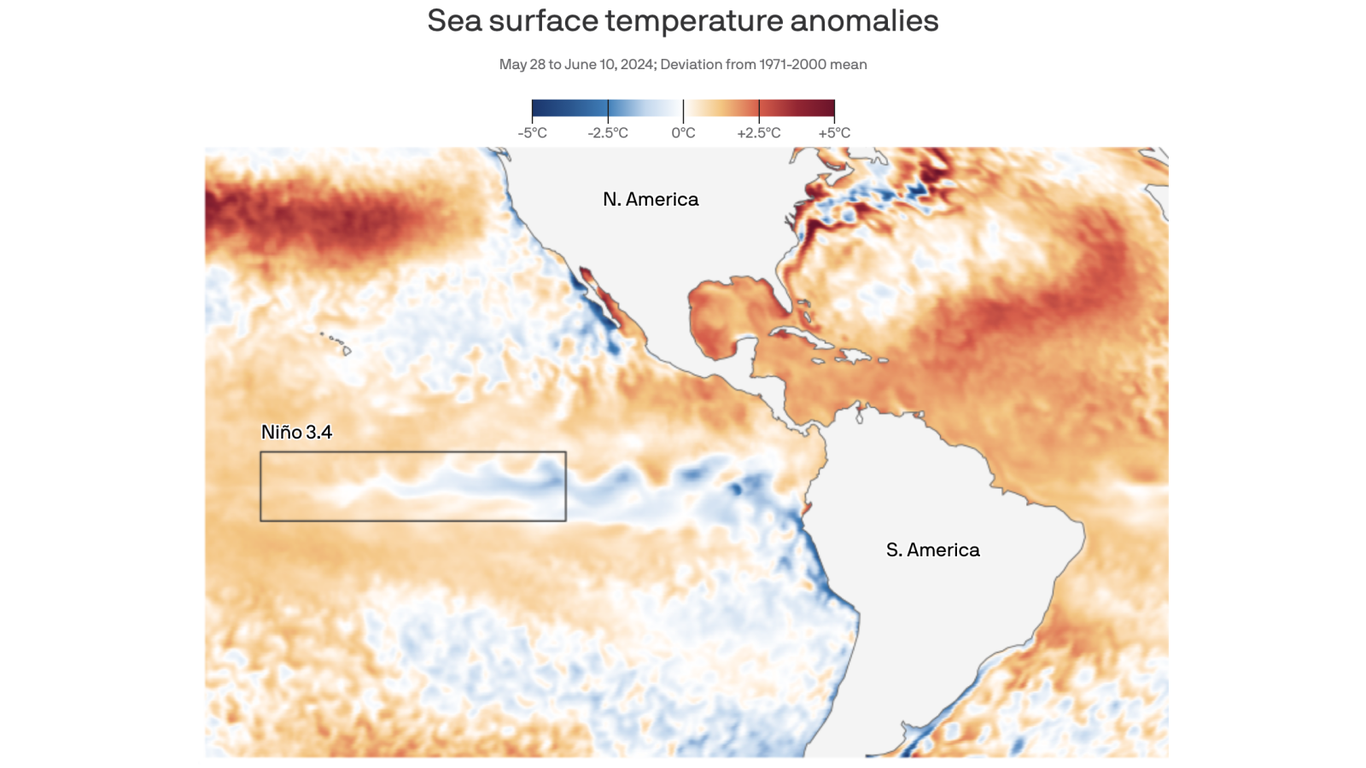
El Niño, a natural climate pattern characterized by warmer-than-average sea surface temperatures in the central and eastern tropical Pacific Ocean, has officially ended according to various reports from NOAA and other climate prediction centers. This marks the end of a year-long episode that significantly influenced global weather patterns and contributed to record-breaking temperatures around the world. The loss of El Niño will have major ramifications, particularly in relation to hurricane activity in the Atlantic Ocean.
The Atlantic hurricane season, which runs from June 1st to November 30th, is expected to be impacted by the absence of El Niño. During an El Niño event, wind shear across the North Atlantic Ocean Basin is reduced, making it easier for tropical storms and hurricanes to form. With El Niño no longer present, forecasters predict that conditions will become less favorable for hurricane development in the Atlantic.
However, other factors such as record-breaking water temperatures in the Atlantic Ocean could act as fuel for storms this season. Additionally, La Niña, El Niño's opposite climate pattern characterized by cooler-than-average sea surface temperatures in the eastern and central tropical Pacific Ocean, is expected to take its place later this summer. La Niña can also influence weather patterns and potentially increase hurricane activity in the Atlantic.
It is important to note that while El Niño and La Niña have significant impacts on global weather patterns, they do not determine the outcome of any given storm season. Other factors such as atmospheric conditions and ocean temperatures play a role as well.
In summary, the end of El Niño marks a shift in global climate patterns with potential implications for hurricane activity in the Atlantic Ocean. While La Niña is expected to develop later this summer, its impact on hurricane season remains to be seen.



